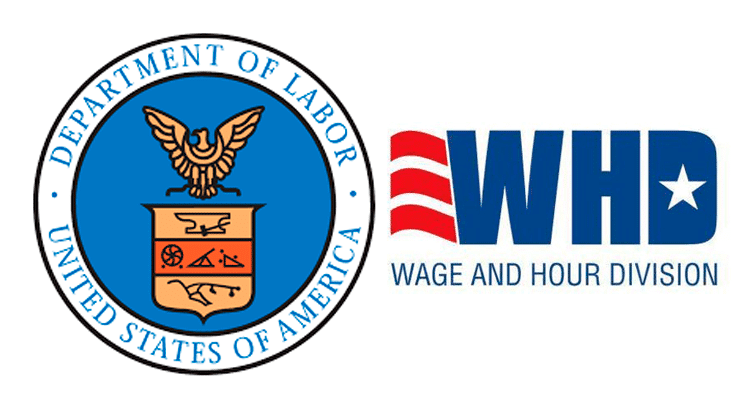Project Labor Agreements, or PLAs, enable contractors to know, definitively, what their costs will be, and typically include language that eliminates the risk of strikes, lockouts, or other labor disruptions.
By Marc Poulos Jun 8, 2023, 2:15pm EDT
A large-scale American energy transition is upon us. The Inflation Reduction Act, signed into law in 2022 by President Joe Biden, allocates nearly $400 billion for new energy projects, including solar, wind, carbon capture and sequestration, hydrogen, nuclear and more.
It represents what politicians in both parties have long suggested was the key to American energy independence: an “all of the above” strategy.
That is, if we can deploy the sufficiently skilled workforce to build, maintain and operate these facilities.
So how do we do it?
First, we need to acknowledge that for all of their environmental risks, America’s legacy fossil fuel sector has produced a largely sustainable workforce model. The industry long ago recognized the importance of partnership with skilled trade unions to attract, train and retain the skilled workforce it needed. Not surprisingly, U.S. government data has found that legacy energy projects typically feature two to three times the level of union density as renewable projects.
Another study, analyzing the energy industry in Minnesota, North Dakota and South Dakota, found that clean energy projects were simply not competitive in the labor market relative to their legacy industry peers, and increasingly reliant on lower-skilled workers from out-of-state to build projects.
To its credit, the Inflation Reduction Act has recognized the importance of job quality and local workforce development as central tenets of America’s clean energy transition. Most of the tax incentives linked to new project development require minimum labor standards, including prevailing wages and apprenticeship utilization.



